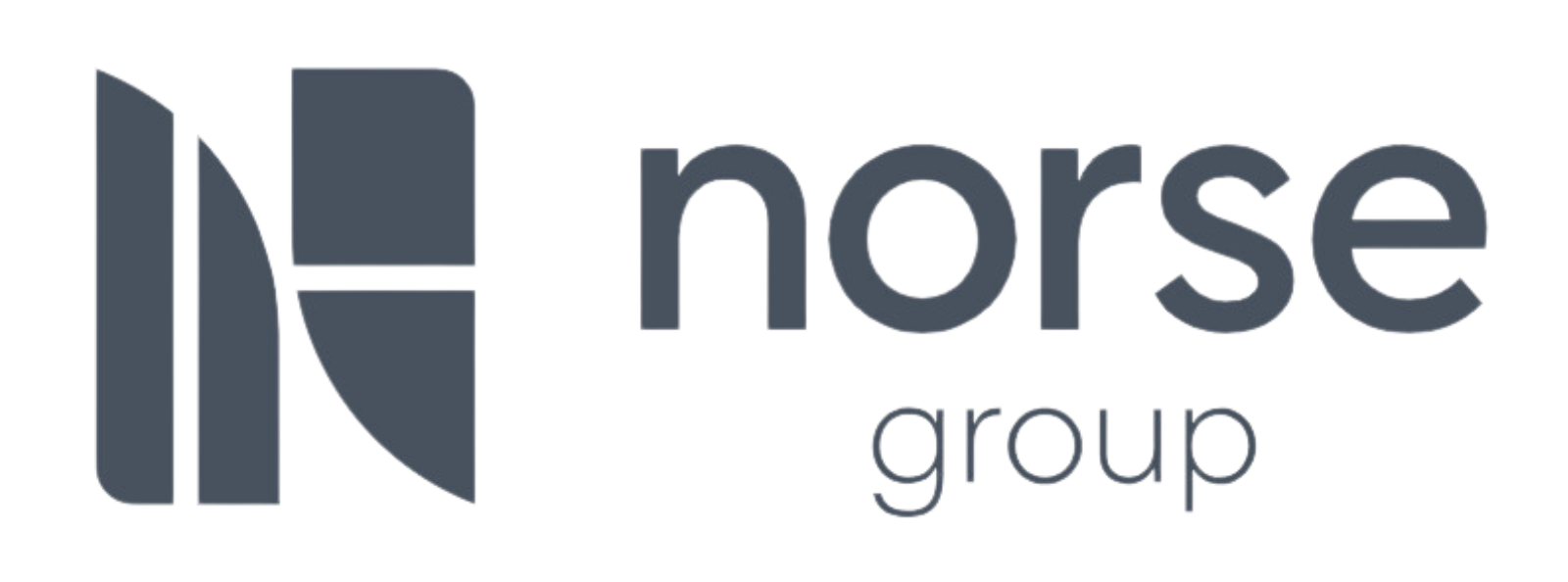
Excitech has become Symetri
In January 2020, Excitech was acquired by Addnode Group, the owner of Symetri, Europe’s leading provider of software and services for design and engineering activities.
Excitech has now become Symetri, operating as one company since the beginning of January 2021. Please rest assured it is business as usual for us and your service experience will not be impacted.
The central role of instructor-led training in ‘finding the better way’
Challenges
How do we embrace the next stage of digitisation?
Devan Mistry, Associate Director (Strategic BIM Lead) at McBains. Part of his remit is to oversee, and plan for, the organisation’s needs around BIM and associated workflows, usually planning for a year ahead. A working group convenes to explore individual and aggregate training requirements for the McBains teams.
Daily improvements
Whilst the process can be somewhat granular at the level of individual requirements, it is alleviated by ongoing recourse to the e-learning platform Pinnacle Series, and the skills gap analysis and benchmarking capabilities provided by KnowledgeSmart.
“Whenever they need to, and from wherever they’re working, individuals can simply go to their browsers, search for the topic they need to refresh their skills in, and then gain access to video tutorials, tips and hints, walk-throughs and other aids. Nothing gets held up just because someone may have forgotten a specific aspect of functionality in software that they are overall familiar with. This is the value of online learning,” says Devan.
Strategic directions
While day-to-day skills reminders are relatively easily taken care of through
self-determination and self-help, a more strategic approach is required when,
as often happens at McBains,
a step-change in the company’s approach to workflows is underway;
where the entire team, in harmony, needs to embrace new practices
and become familiar with new software.
McBains have undertaken classroom training sessions on collaboration, VR/AR in design, BIM 360, AutoCAD essentials, Navisworks construction management, and specifics such as reinforced concrete detailing with Revit Structure. They have also undertaken broader training across the Revit portfolio.
When the working group charged with developing a strategic training plan – in pursuit of ‘finding the better way’ – identified the deployment of automated software as the next stage in digitisation, they asked for Symetri’s input in formulating the details of the plan, prior to undertaking the training.
“Our integrated team is out ahead on its own in our sector, setting benchmarks rather than being consumed by them”, says the company’s website. It was time to look at how the whole team could be brought up to speed, collectively, in the requisite skills of automation.
Solutions
Accommodating new skills in a changing world
Devan explains the rationale behind a focus on automation: “No matter how fast any organisation in our business can move a project from conception to completion, it always comes across pockets of software that slow things down.
Our intention with automation is to remove those sluggish tools from the workflow. In the first instance this involves using a customisable software platform that enables users to link Revit and Excel to create scripts.”
Automating repetitive tasks in this process enables users to gain more precision and speed. It drives improved efficiency and reduces overall costs. Believing that there is no substitute for that face-to-face connection between course attendees and the expert imparting the knowledge and skills, McBains have long been advocates of classroom training. When the global pandemic struck, the alternative of virtual training had to be evaluated.
Training is something you do, not somewhere you go
“We had a few classroom sessions with Symetri in January 2020 but then everything changed,” says Devan. “Fortunately, our level of business has not dropped during the intervening months and we had to make sure that we didn’t lose progress in any other area. With the automation project underway, training was one such area, so we have turned to virtual training.
The important consideration for us was to ensure continuity in the style of training, even if the practical matters of physical location couldn’t be addressed by going into a classroom. It was important that the training could still be led by an instructor.
There has to be an expert there who can guide people through the software in real-time, on a screen and can answer attendees’ questions there and then. As the remote and home working trend has always been framed by the saying ‘Work is something you do, not somewhere you go,’ the same has become true of training.”
Benefits
The training plan rolls on: No disruption, no disappointment, no delay
The value of virtual
“A virtual course takes place over two half-days instead of one full day. The thinking behind this is that by splitting up the course the likelihood of screen-stress is hugely reduced. People can also keep abreast of their projects in the period between the two days. We can really see the benefits of this approach”.
Symetri has provided a virtual training option across many of its courses in its portfolio during this time.
In this regard, the ‘new normal’ was already prepared for. Attendee numbers are four people per group, to make it easy for participants to interact with the trainer. The courses are delivered via a web-link, and with the relevant software installed.
McBains is following UK Government guidelines pertaining to the return to work. The company was working to a voluntary attendance in the office, but regional tiered levels of restriction have changed that way of working, with the emphasis being more of a need-to basis.
Continuous skills improvement necessitated by strategic direction is an essential component of progress. If it doesn’t have to go on hold, there’s no reason to accept any disruption to plans, disappointment among individuals, or delays to project progress; eliminating the latter which was, after all, a prime driving factor in the automation decision. Virtual training has enabled the plan to roll on.
Nothing holds you back
“In conjunction with our strategic training initiative around automation software, we have also hired new team members who are already skilled in using the software,” says Devan. “This approach enriches the in-house knowledge base – by giving us constant access to the insights of people who have used the software on live projects – should queries arise while other team members become accustomed to using software that’s new to them”.
“Whilst everything has changed you could also say that nothing has changed when you compare virtual training to classroom training. We still have face-to-face access to an Symetri expert. People can still ask questions and follow step-by-step guidance on their screens. The important thing is, we can still make the progress we need to make. Our plan to embrace automation software in the company moves on apace, and individual skills development hasn’t been subject to any set-backs”, says Devan.






